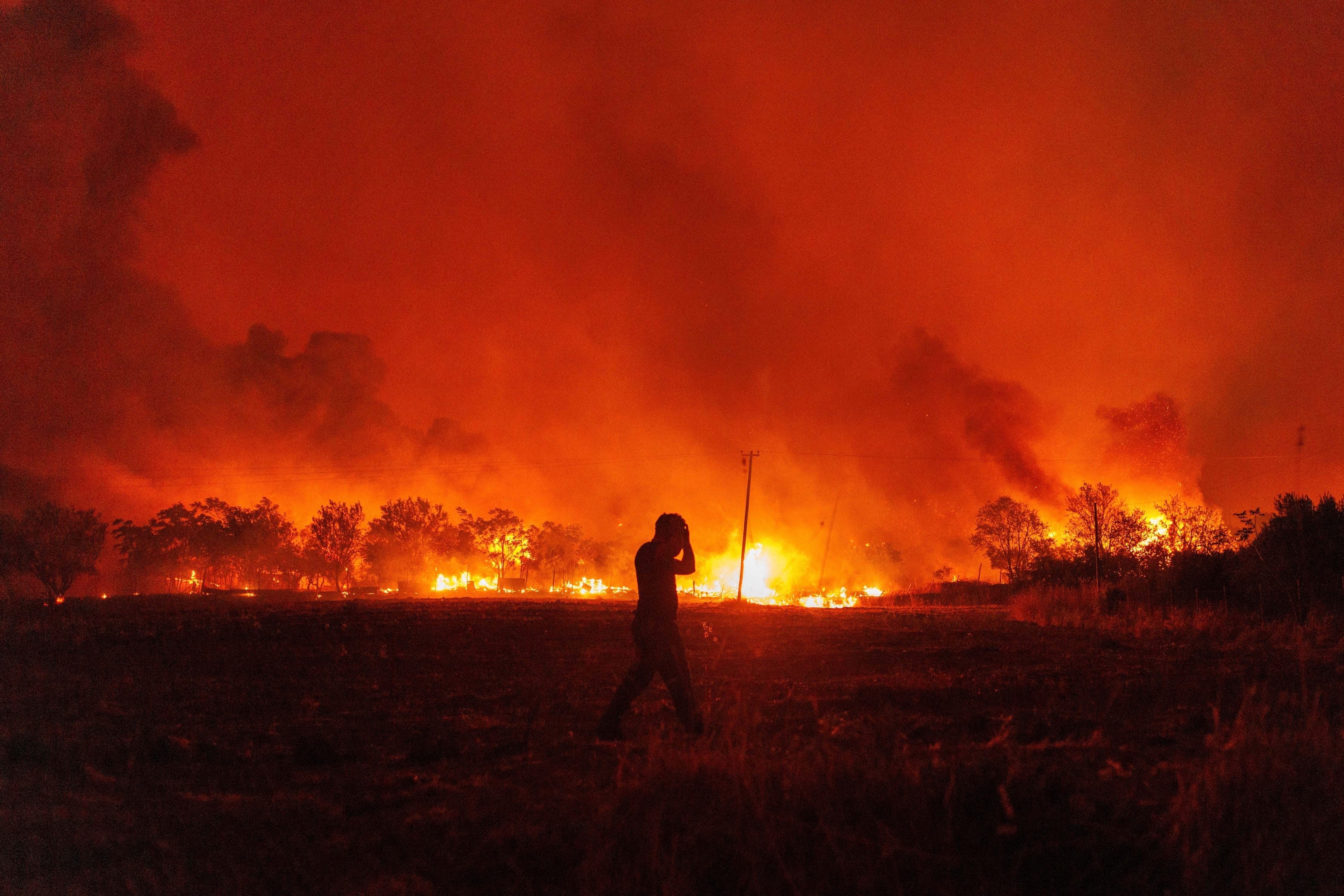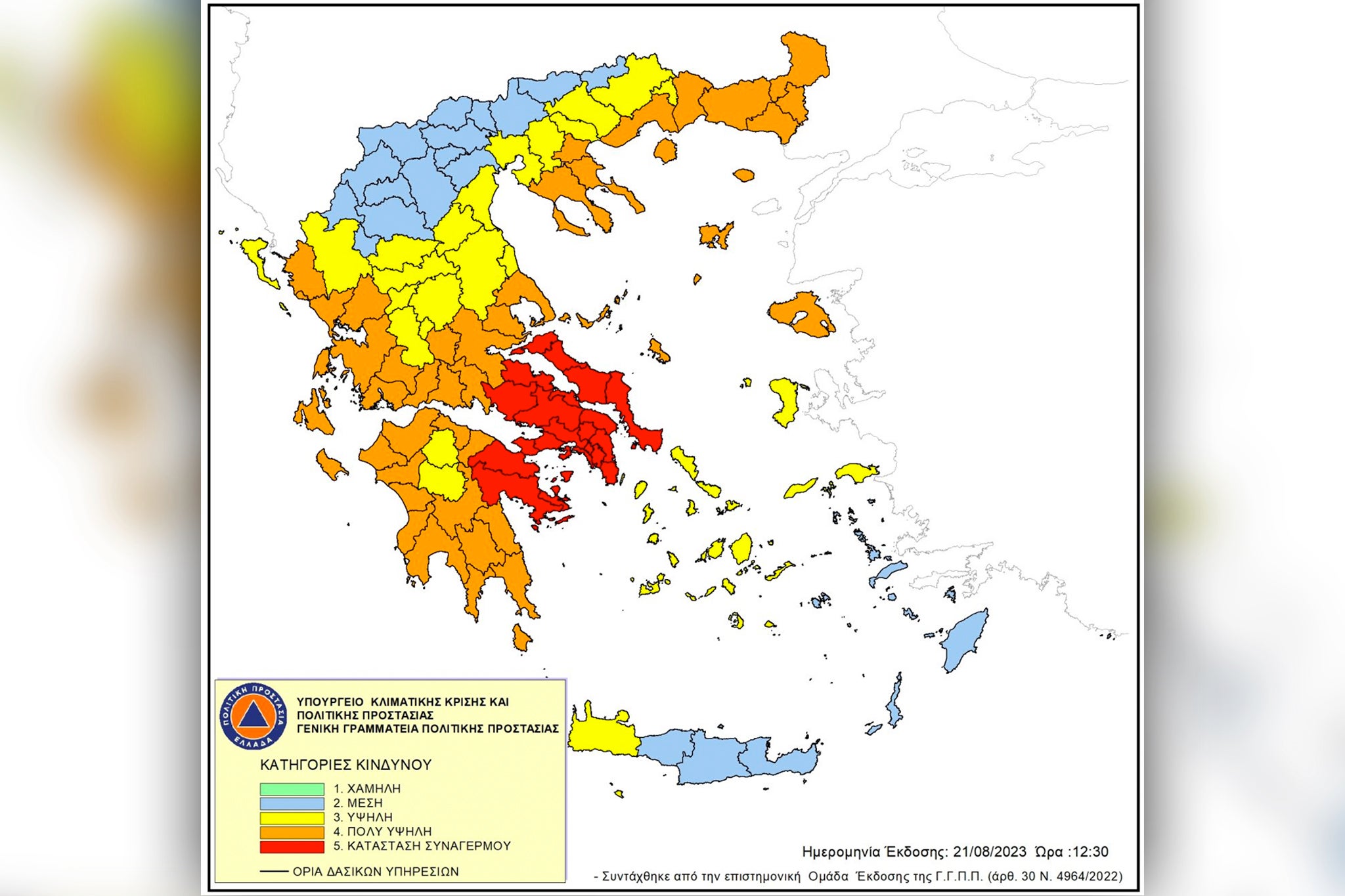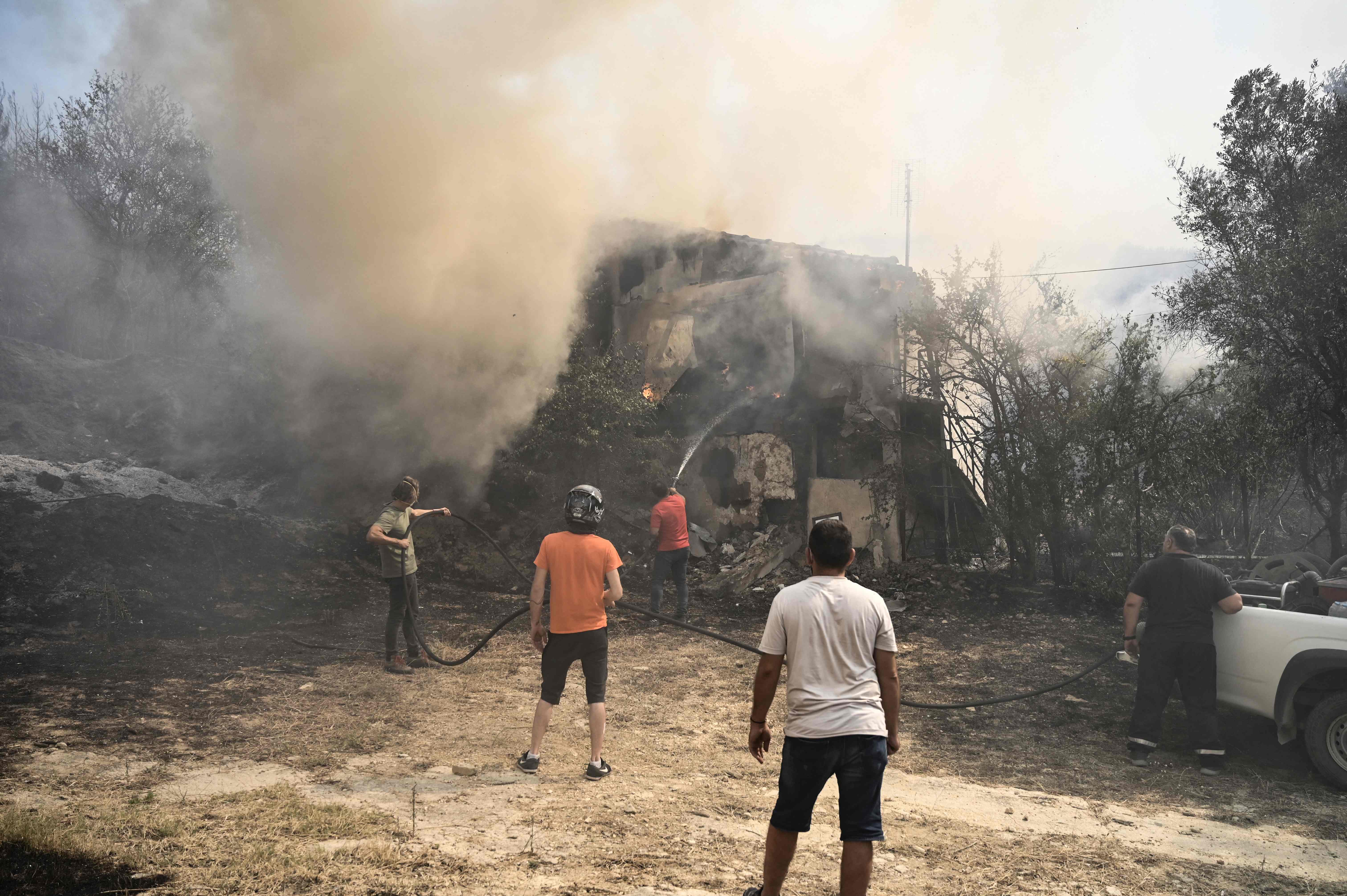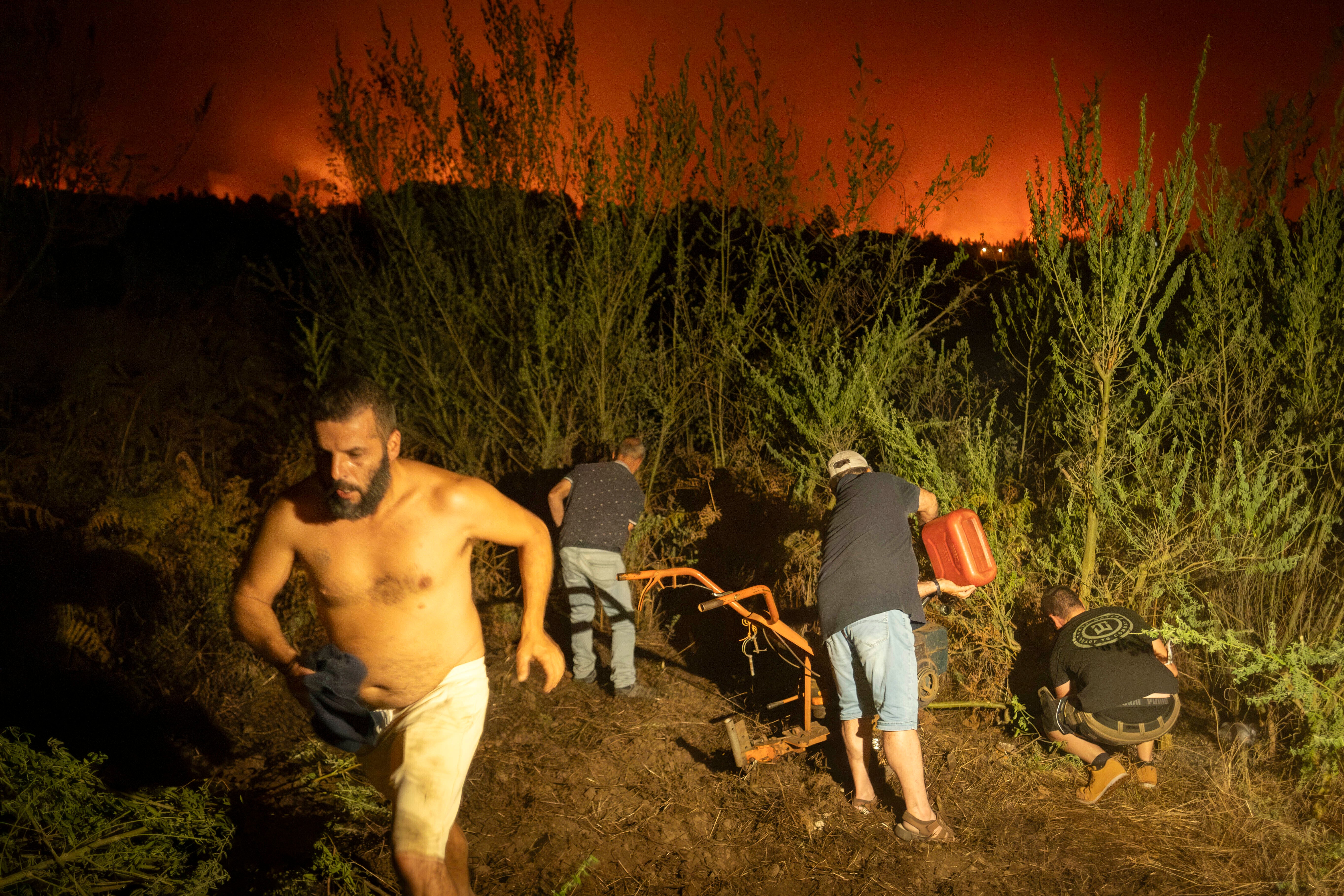All the wildfires in Europe mapped as 20 killed in Greece and hospital evacuated
More than a dozen regions in Greece on high alert for fires today
Your support helps us to tell the story
From reproductive rights to climate change to Big Tech, The Independent is on the ground when the story is developing. Whether it's investigating the financials of Elon Musk's pro-Trump PAC or producing our latest documentary, 'The A Word', which shines a light on the American women fighting for reproductive rights, we know how important it is to parse out the facts from the messaging.
At such a critical moment in US history, we need reporters on the ground. Your donation allows us to keep sending journalists to speak to both sides of the story.
The Independent is trusted by Americans across the entire political spectrum. And unlike many other quality news outlets, we choose not to lock Americans out of our reporting and analysis with paywalls. We believe quality journalism should be available to everyone, paid for by those who can afford it.
Your support makes all the difference.Wildfires continue to cause chaos in Europe as firefighters in Greece and Tenerife tackle blazes in soaring heat.
Devastating blazes in central Greece left two dead and two firefighters injured on Monday, while fires consumed the city of Alexandroupolis, damaging a school, a cemetery and several homes. And on Tuesday, the bodies of 18 people were found in a forest after a fire struck an area in the north east of the country.
In a separate incident, around 65 of the more than 100 patients in the Alexandroupolis hospital in north-eastern Greece were transported to a ferry docked in the city’s port, as hot, dry and windy conditions have kept fires stoked for four days.

It comes as dozens more houses were damaged by another wildfire in the Kavala region, local authorities said, while a separate fire in the Evros border region was burning through woodland in a protected national park.
A new fire broke out in the Aspropyrgos area on the western fringes of the Greek capital on Tuesday morning, prompting authorities to issue evacuation orders for two villages in the area.
Romania sent 56 firefighters and Cyprus send two water-dropping aircraft to help fight the wildfire in Alexandroupolis, while French firefighters helped tackle a separate fire on the island of Evia.


Here is a map which shows where the wildfires are in Greece:
The highest fire risk level (extreme) was given by the General Secretariat of Civil Protection of the Ministry of Climate Crisis & Civil Protection for the following areas today:
- Region of Attica
- Region of Central Greece (PE Boeotia, PE Evia, PE Fthiotida)
- Peloponnese Region (Argolida PE, Corinthia PE)
There is a very high fire risk for the following areas:
- Region of Eastern Macedonia & Thrace (Evros PE including the island of Samothraki, Rodopi PE, Xanthi PE, Kavala PE, Thassos PE)
- Region of Central Macedonia (PE Thessaloniki, PE Halkidiki, Mount Athos)
- North Aegean Region (Lemnos PE, Lesvos PE)
- Region of Thessaly (Magnesia PE, Sporades PE)
- Region of Central Greece (PE of Fokidas, PE of Fthiotida, Skyros island)
- Region of Peloponnese
- Region of Attica (Kythira Island)
- Region of Western Greece
- Region of Epirus (Preveza Region, Arta Region, Thesprotia Region)
- Region of Ionian Islands (PE Kefallonia, PE Zakynthos, PE Lefkada)

In Tenerife, more than 12,000 people were evacuated from their homes as a devastating blaze- which was started deliberately- burnt through about 13,400 hectares (33,000 acres) of pine forest and scrubland.
Locals were seen fleeing in horror from plumes of flames and smoke as the fire spread after it was first sparked last Tuesday.

Fernando Clavijo, regional president of Canary Islands, said police suspected arson and have opened three lines of investigation. It has not been revealed if any arrests were made.
The fire began in the Arafo mountains around the Mount Teide volcano - Spain’s highest peak- expanding to a raging perimeter of 84 kilometers as it ravaged the north of the island over the last six days.

Authorities on Sunday allowed some of the 12,000 people evacuated from the villages of Arafo and Candelaria to return to their homes and the remaining evacuees could receive more good news on Monday, Clavijo said.
However, emergency services recommended residents in the area around the fire, which includes the capital Santa Cruz de Tenerife, to close windows and to stay indoors. It recommended wearing face masks if they need to go outside, as the air quality was “very unfavourable” due to smoke.





Join our commenting forum
Join thought-provoking conversations, follow other Independent readers and see their replies
Comments